Giant TCR Advanced 1 review
Giant is known for producing amazing bikes and the Giant TCR Advanced 1 is no exception – what a machine for such great value
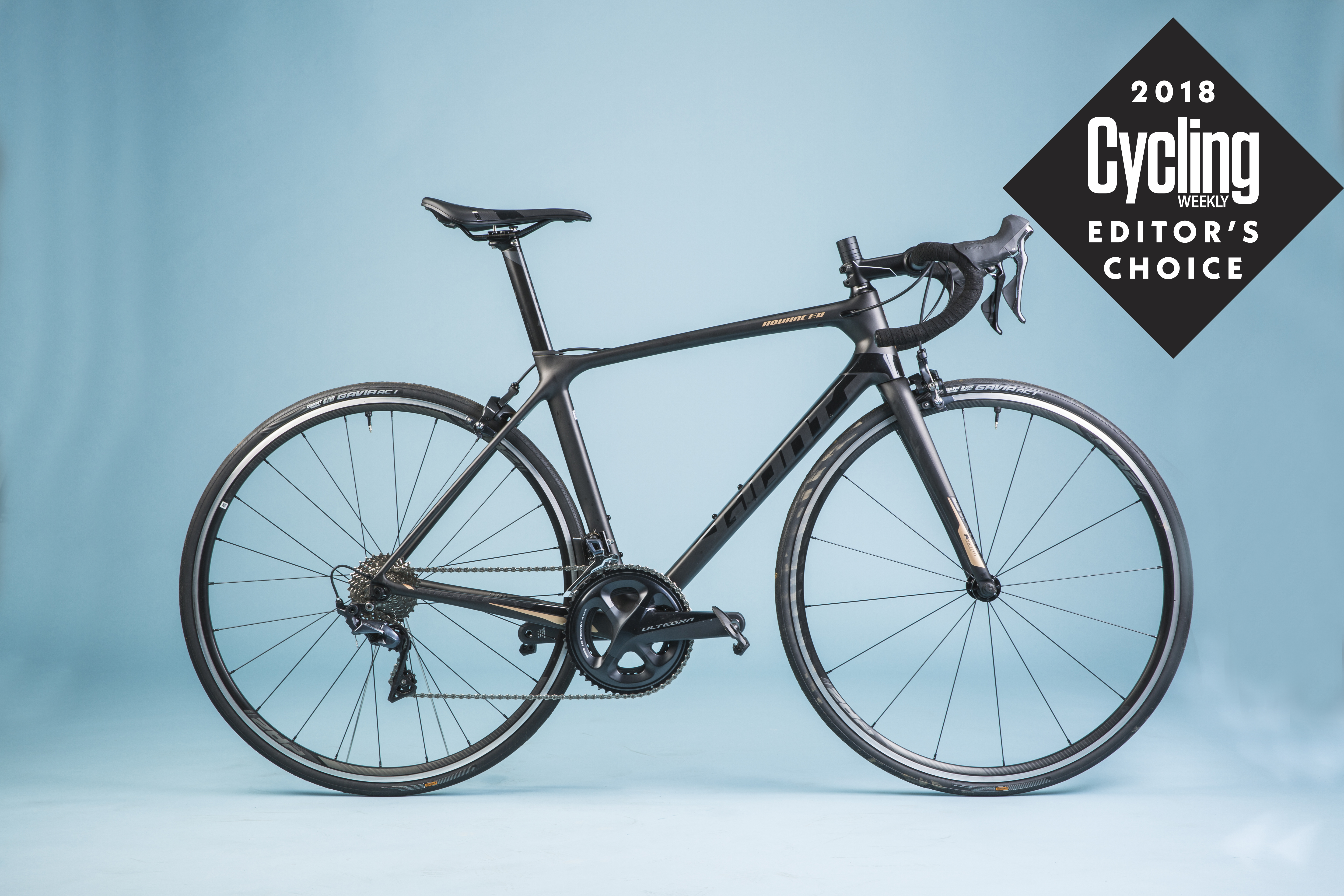
I enjoyed riding the Giant TCR Advanced 1. It reminded me of being a bit younger and fitter when I raced on an older version a few years back. These bikes have hit the nail on the head in terms of ride quality and feel and that really shows on the roads around our Hampshire office.
-
+
Agile ride
-
+
Comfortable
-
+
Price
-
+
Spec
-
+
Tubeless
-
-
Wheels feel a bit basic
You can trust Cycling Weekly.
This bike dispels the myth that you shouldn’t buy carbon at a certain price point. The Giant TCR advanced 1 is great value for money and like the rest of the TCR range offers start performance in all aspects of cycling. Concepts that where created in the 1990’s still in use today and used effectively too a great bike to be in this years Editor’s Choice.
Buy now: Giant TCR Advanced 1 at Cycle Surgery for £1609
The Giant TCR advanced 1 sits within the Competition category of Giant's bike ranges. It then splits into three main levels with the Advanced at the lower end of the scale, Advanced Pro sitting in the middle and the Advanced SL WorldTour level.
That is not to say that your are getting a low-end bike, however, and with the Giant TCR Advanced 1 in this test you'll be getting the exact same frame as the mid-range Advanced Pro except with an aluminium steerer instead of the full carbon fork.
Within the Giant TCR Advanced range you get four bikes to choose from with the only difference being the groupset. Our Giant TCR Advanced 1 is the second from the top, specced with Shimano Ultegra throughout. Advanced 0 is the most expensive here with Shimano Ultegra Di2. The Advanced 2 has 105 and Advanced 3 Tiagra, priced accordingly.
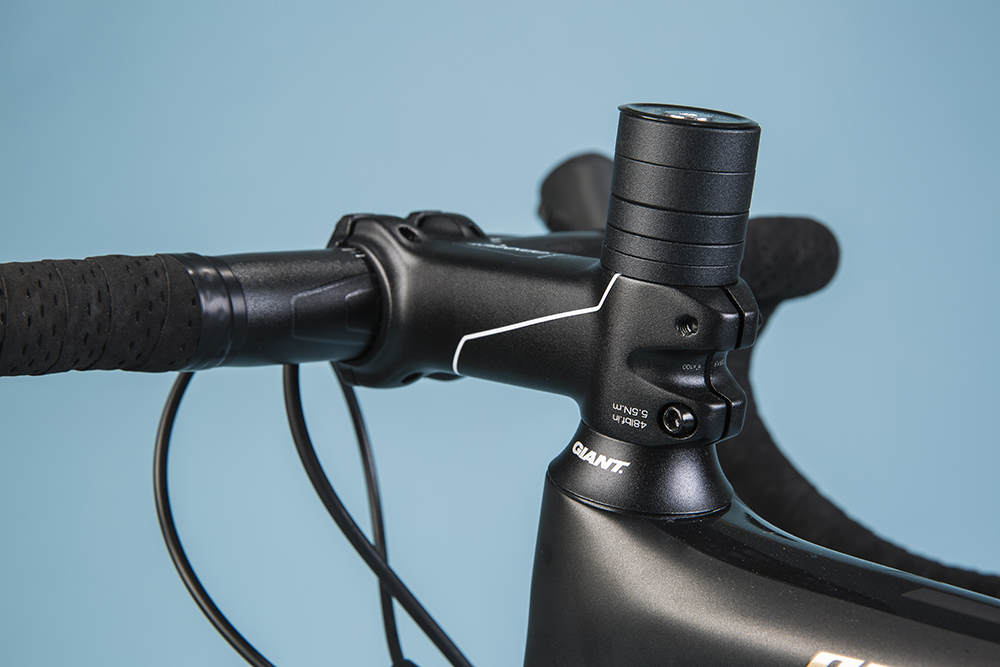
For £1,799 I feel that this version, the Giant TCR Advanced 1 with Shimano Ultegra mechanical (apart from the Shimano 105 11x28 cassette) offers the best value in the range and actually undercuts the Cannondale CAAD12 by £100 – and I thought that was pretty good value for money!
Something that may need explanation is the name of the carbon used by Giant – Carbon Composite Technology. This is nothing to do with the soles of lower-end carbon road shoes, and is all carbon.
In fact, Giant says it uses high-strength, performance-grade raw carbon material which has a massive stiffness-to-weight ratio. It also produces the front end in one single piece meaning no joins, less material, less weight and better stiffness for better handling.
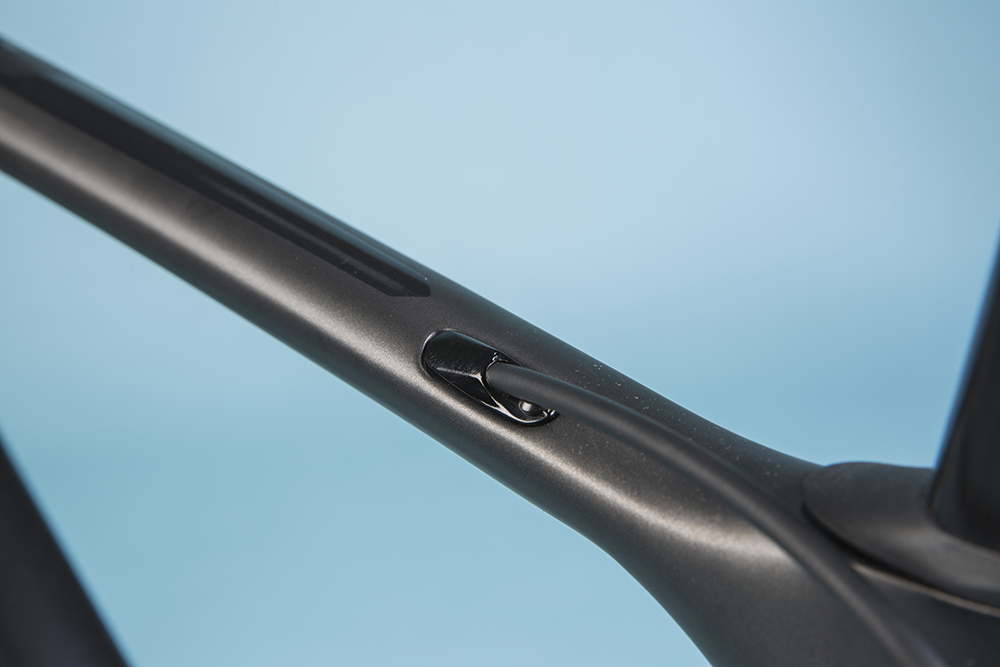
You also get Giant's OverDrive system on the steerer, which basically widens the steerer and headset bearings to 1 1/4in lower and 1 1/8in upper. This gives extra stiffness at the front end and helps cornering.
Looking at the bike it isn't exactly traditional and the TCR has never been such since its Compact Road design was first introduced with the ONCE team in the 1990s. The idea is that the heavily sloping top tube allows for more rider configurations, meaning riders who find themselves in between sizes should be able to get a better fit on this system.
It also means that the seat tube is far shorter, giving more exposed seatpost for rear compliance and means you get smaller frames, smaller rear triangles and cockpits too, which are lighter and stiffer for better performance. In comparison to the likes of the CAAD12 and the Specialized Tarmac SL4 Elite you are looking at 30 to 50mm difference in seat tube length.
It terms of weight the Giant TCR Advanced 1 weighs in at 7.76kg, which really isn't bad for a bike at this price and considering the Cannondale CAAD12 is only 7.60kg for a similar size it starts to beg the question, has aluminium had its day?!
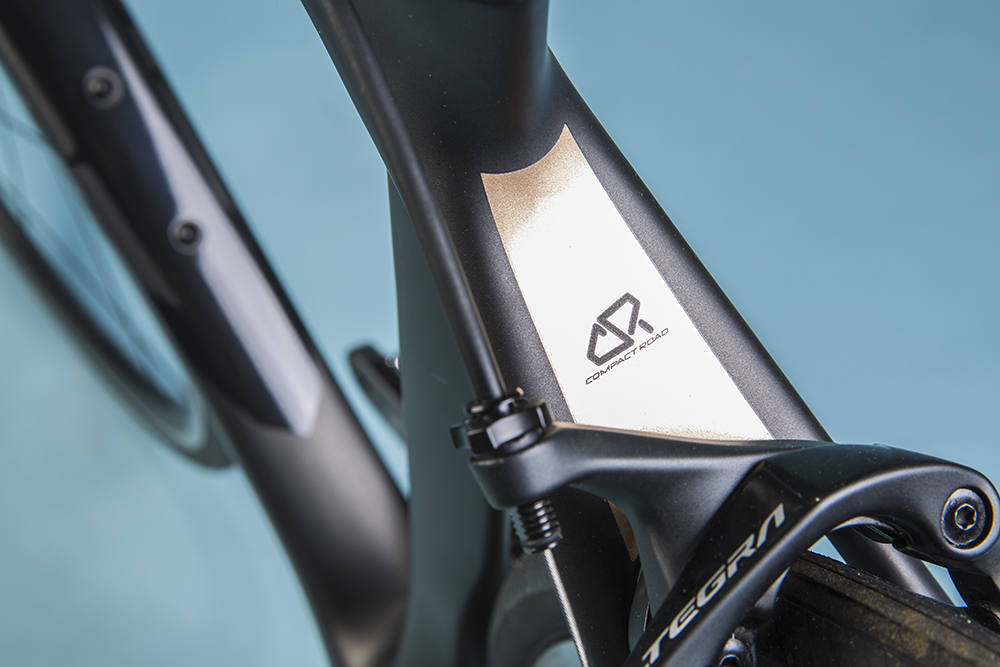
Unlike the CAAD12 the TCR Advanced 1 is super comfortable. It really helps smooth out the roads, and oddly that really helped me press on through my cold (yes, get the violins out) and test this bike over the last few weeks, I enjoyed riding it that much. The roads around the Farnborough office are far from the smoothest.
The Giant wins hands down in terms of compliance and comfort over the likes of the CAAD12 but that is probably down to aluminium's limitations. It was most noticeable at the front end where the road buzz of the Hampshire roads was nicely damped. And the rear was comfortable in addition.
This is all despite this frame being tiny with those small, stiff triangles.
This compliance doesn't come at the cost of ride quality or feel, though. Without doubt the Giant TCR Advanced is a punchy machine that begs to be raced. While it's happy cruising along the flats soaking up the worst of the road buzz, it also wants to thrill you into pushing harder and harder down descents to burst out of corners like your life depends on it.
It has a very agile ride and feels totally predictable and stable without being a bore or lacking feeling. That OverDrive front end with the smaller front triangle helps the TCR's agility: it whips from side to side quickly and if you point it in the direction you want it to go, it will do that with total assurance.
Out of the saddle the bike danced nicely with a light feel and really surged when I sprinted for the lunchtime loop sprint sign (no PRs on Strava here though – still poorly, remember), although I wasn't blown away once I started to climb and I felt that was largely down to the wheelset.
The wheels are a typical set of hoops for this price but I couldn't help but think they where holding the bike back a little. They are set up tubeless though – with all its carbon bikes Giant supplies ready-to-go tubeless so that all you need to do yourself is to add the sealant, since that of course has a shelf life.
Buy now: Giant TCR Advanced 1 at Cycle Surgery for £1609
I think that is a huge plus point here and I like the fact Giant is pushing the tubeless tyre system: it obviously works very well for them and will do for you too. It certainly takes the hassle out of your trying to fit tubeless yourself.
Giant has got this right – the price, the ride, the spec. Of course you don't get a full carbon fork and the wheels are maybe a little subpar but the basic frame is a joy to ride and will be a perfect bike for anyone looking for a bike under the £2,000 budget.

Thank you for reading 20 articles this month* Join now for unlimited access
Enjoy your first month for just £1 / $1 / €1
*Read 5 free articles per month without a subscription

Join now for unlimited access
Try first month for just £1 / $1 / €1
Get The Leadout Newsletter
The latest race content, interviews, features, reviews and expert buying guides, direct to your inbox!
Symon Lewis joined Cycling Weekly as an Editorial Assistant in 2010, he went on to become a Tech Writer in 2014 before being promoted to Tech Editor in 2015 before taking on a role managing Video and Tech in 2019. Lewis discovered cycling via Herne Hill Velodrome, where he was renowned for his prolific performances, and spent two years as a coach at the South London velodrome.
-
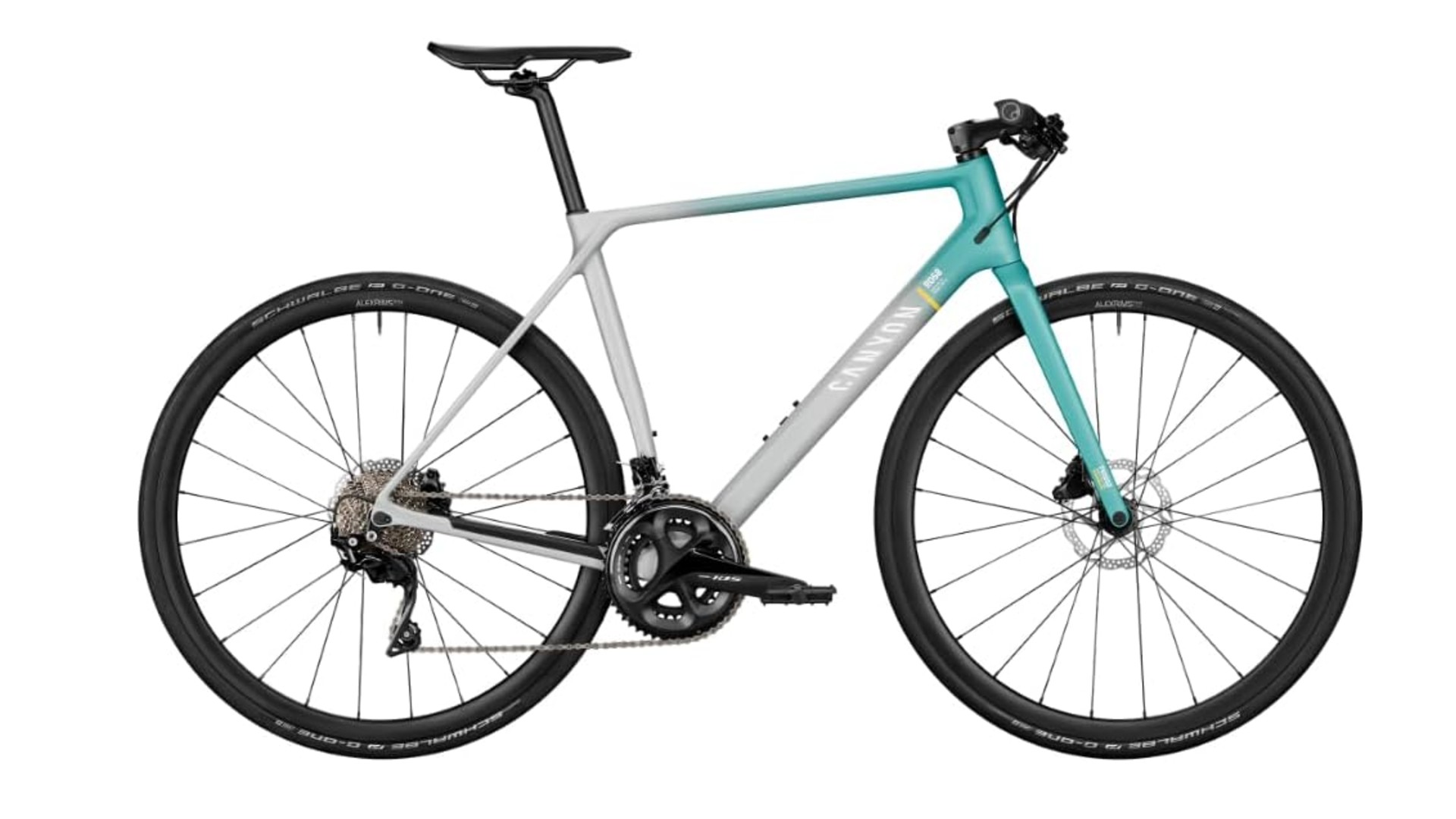 You can now buy Canyon bikes on Amazon
You can now buy Canyon bikes on Amazon'Expanding into this space is intended to meet a new consumer on an established platform,' says the German direct-to-consumer brand
By Anne-Marije Rook Published
-
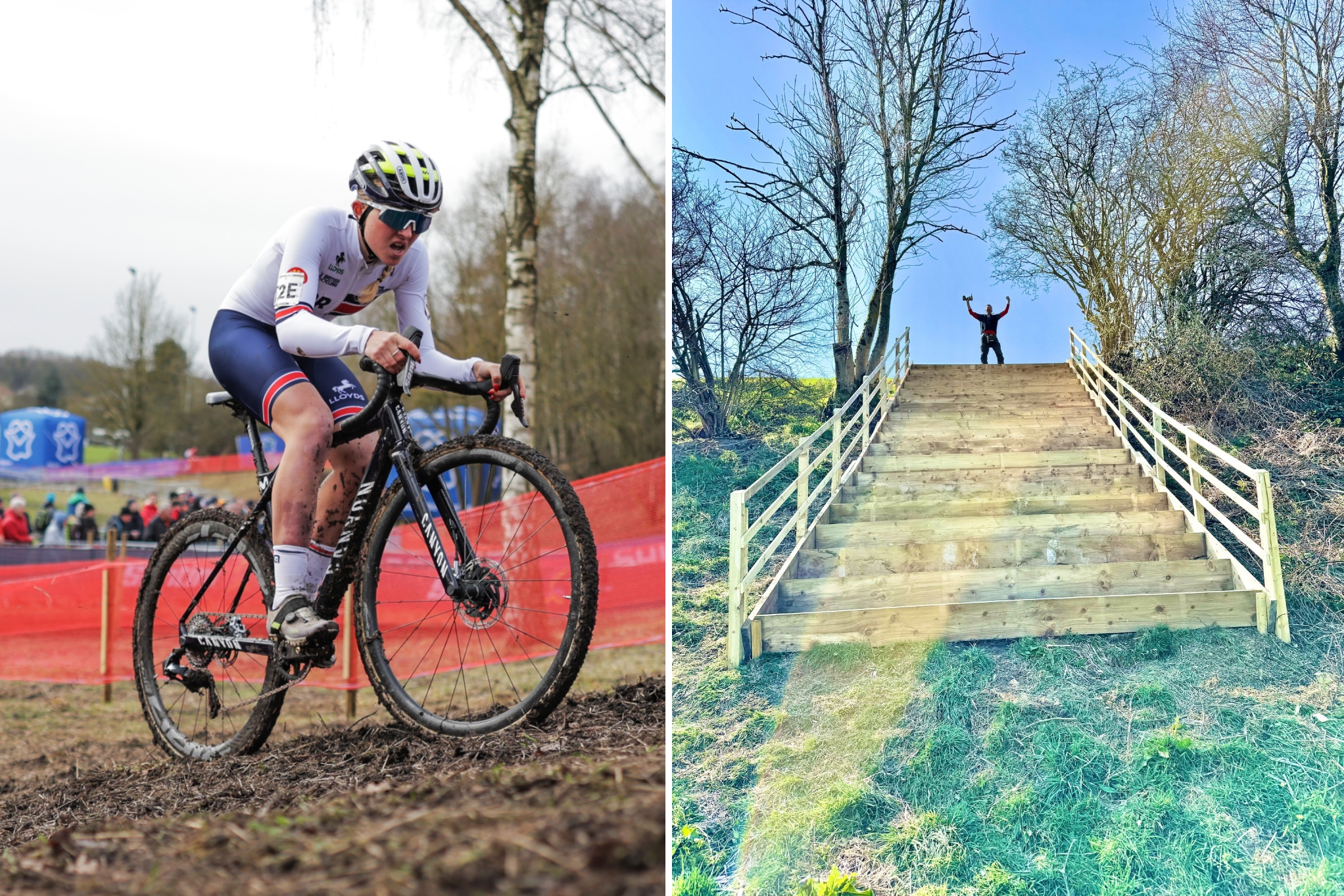 Funds sought for new cyclo-cross centre of excellence in the UK
Funds sought for new cyclo-cross centre of excellence in the UKFather of British pro Cat Ferguson behind community project in North Yorkshire
By Tom Davidson Published
-
 What is The Traka? Everything you need to know about 'Europe's Unbound'
What is The Traka? Everything you need to know about 'Europe's Unbound'Elite gravel racers from around the globe converge on Girona, Spain, for Europe's premier gravel race this weekend
By Ryan Simonovich Published